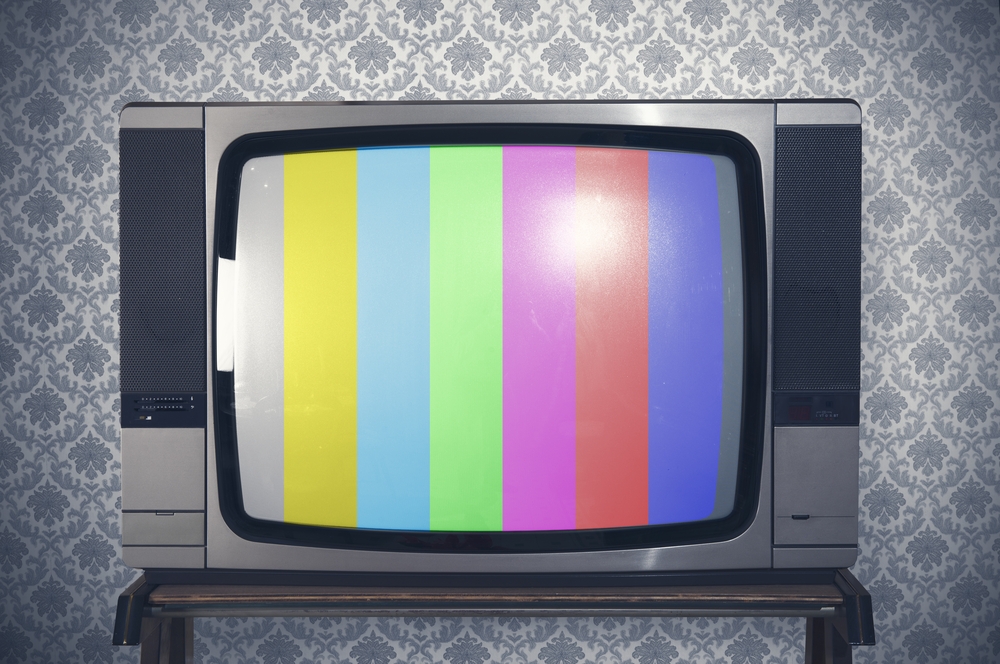On June 13, 2009 all analog television signals in the United States went out. Digital broadcasting (DTV) took over and all televisions not equipped with internal digital receivers had to use an external receiver.
Free, over the air television became digital and the DTV conversion continues. DTV has a place in has a place in 55% of all homes worldwide.
The change from analog television to DTV promises to provide clearer pictures and free analog channels for use by emergency services. The change has increased the number of options customers have for television viewing and competition for these viewers intensifies.

The International Telecommunication Union (ITU) follows the digitizing of the world’s television broadcasting. The ITU released study results in September that shows homes with pay-television services increased by 32-percent from 2009 thru 2012. The expanding digital market offers several platforms for digital viewing.
Digital terrestrial (DTTV)
Coaxial cables connect viewers to this type of service. The picture quality and sound out-perform analog broadcasts. Operators offer assortments of channels and packages to customers with options for digital video recorders (DVR) and high definition channels.
The cable connection limits the reach of DTTV in undeveloped areas. Regions in most countries cannot receive DTTV due to remoteness, landscape or inaccessibility.
Digital Satellite
(DSTV)
Satellite television began in the 1990s. The dishes were enormous and could easily fill an entire backyard. The disorganized service began without a structured channel lineup. People watched television from around the world in real time. The expense of the satellite dish made them a rarity.
Now satellite dishes come in compact sizes that mount on the roof or a post. Satellites retrieve the broadcast signals from earth and bounce them back to the dish receivers. The channels available mirror those of cable terrestrial.
The digital satellite industry differs with cable in the variety of sporting events and extra channel packages offered. Satellite television reaches places digital terrestrial cannot. Because of the uninhibited view of the earth’s surface, satellite signals have the capability of reaching more viewers.
Internet Protocol Television (IPTV)
At the beginning of 2012, 80% of the developed world’s population paid for in-home internet access with the help of internet service providers. That number doubles each year.
Also created in the 1990s, IPTV uses existing telephone lines and a set-top box to bring television into homes. The technology allows homes to use an internet connection for surfing the web on a computer, make telephone calls and watch television.
The signals for IPTV come in Hypertext Transfer Protocol for data transfers from servers. IP Group Membership protocol (IGMP), which connects televisions to multi cast streams and switches to other streams for viewing live television. To broadcast Video on Demand channels, companies use Real Time Streaming Protocol (RTSP).
Internet television and streaming
Internet broadcasts rise in popularity as more genres enter the competition. Anyone with an internet connection and a computer can stream shows based only on the internet, but viewable on television thru boxes that translate the signals before sending them to the television. The quality of streaming depends on the width of the broadband and strength of the Wi-Fi signal available. A processor speed of 2.0 GHz or higher provides the best streaming environment.
YouTube also broadcasts thousands of video of various genres. Internet television and YouTube offer apps for mobile phone use and allow anyone to contribute their own videos. The quality of internet television content does not always meet that of better known network broadcasters.
Applications for mobile television exist for several cable and satellite companies. You must currently subscribe to the provider to use the application.

























